Me and my team are participating in ESA Astro Pi challenge. Our program will ran on the ISS for 3 hours and we will our results back and analyze them.
We want to investigate the connection between the magnetic intensity measurements from Sense HAT magnetometer and predictions from the World Magnetic Model (WMM). We want to research the accuracy of the magnetometer on Sense HAT.
The program will get raw magnetometer data (X, Y and Z) in microteslas from Sense HAT and calculate values H and F as described in British geological survey's article (section 2.1). It will then save them to CSV file, along with timestamp and location calculated with ephem.
We will then compare values Z, H and F from ISS and WMM and create maps with our data and differences (like figures 6, 8 and 10). We will then research, how accurate are Sense HAT magnetometer data.
We want to compare our data with data from WMM to see how accurate is Sense HAT magnetometer, but we have a problem that orientation of magnetometer will always be different. Because of that, our data will always be (very) different from WMM so we won't be able to compare them correctly.
We talked with Astro Pi support team and they suggested to "normalise the angled measurements so it looks like they were taken by a device aligned North/South".
Unfortunately, we (and they) don't know how to do this, so they suggested to ask this question on Stack Exchange. I asked it on Math Stack Exchange, Physics Stack Exchange and Raspberry Pi Forums. Unforcenetly, they didn't received any answers, so I am asking this question again.
How can we do this? We have data for timestamp, ISS location (latitude, longitude, elevation), magnetic data (X, Y and Z) and also direction from the North.
We want to normalise our data so we will be able to correctly compare them with data from WMM.
Here is part of our program that calculates magnetometer values (which gets not normalised data):
compass = sense.get_compass_raw()
try:
# Get raw data (values are swapped because Sense HAT on ISS is in different position)
# x: northerly intensity
# y: easterly intensity
# z: vertical intensity
x = float(compass['z'])
y = float(compass['y'])
z = float(compass['x'])
except (ValueError, KeyError) as err:
# Write error to log (excluded from this snippet)
pass
try:
# h: horizontal intensity
# f: total intensity
# d: declination
# i: inclination
h = sqrt(x ** 2 + y ** 2)
f = sqrt(h ** 2 + z ** 2)
d = degrees(atan(y / x))
i = degrees(atan(z / h))
except (TypeError, ValueError, ZeroDivisionError) as err:
# Write error to log (excluded from this snippet)
pass
There is also some simple simulator available with our code: https://trinket.io/library/trinkets/cc87813ce7
Part of email from Astro Pi team about location and position of magnetometer:
- Z is going down through the middle of the Sense Hat.
- X runs between the USB ports and SD card slot.
- Y runs across from the HDMI port to the 40 way pin header.
On the ISS the AstroPi orientation is that the Ethernet + USB ports face the deck and the SD card slot is towards the sky. So, that's basically a rotation around the Y axis from flat. So you keep the Y axis the same and swap around Z and X.
It can help to look at the Google Street view of the interior of the ISS Columbus module to get a better idea how the AstroPi is positioned; https://www.google.com/streetview/#international-space-station/columbus-research-laboratory
If you pan the camera down and to the right, you'll see a green light - that's the AstroPi. The direction of travel for the whole space station is towards the inflatable Earth ball you can see on the left.
So, broadly speaking, the SD card slot points towards azimuth as in away from the centre of the Earth (so the X axis). The LED matrix is facing the direction of travel of the space station (the Z axis).
Because of the orbital path of the ISS the Z and Y axes will continually change direction relative to the poles as it moves around the Earth.
So, I am guessing you want to normalise the angled measurements so it looks like they were taken by a device aligned North/South?

